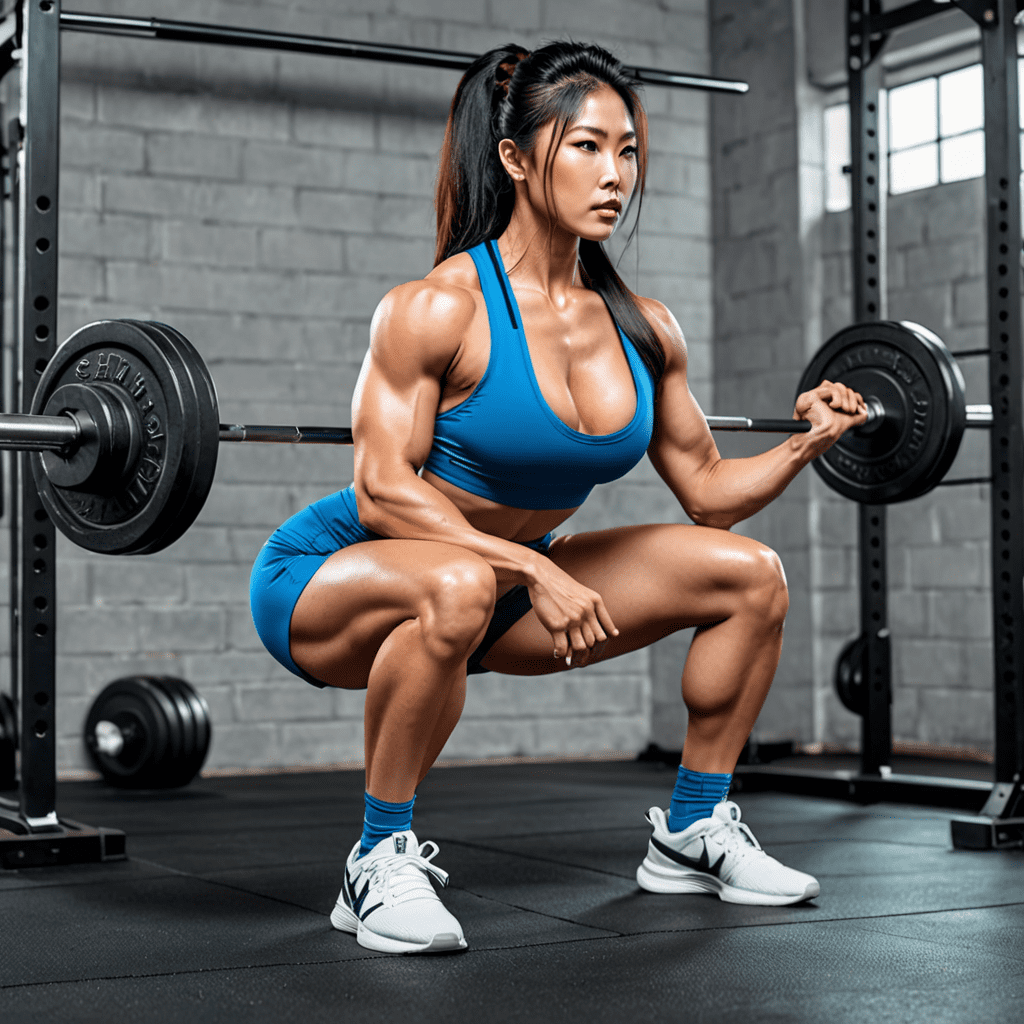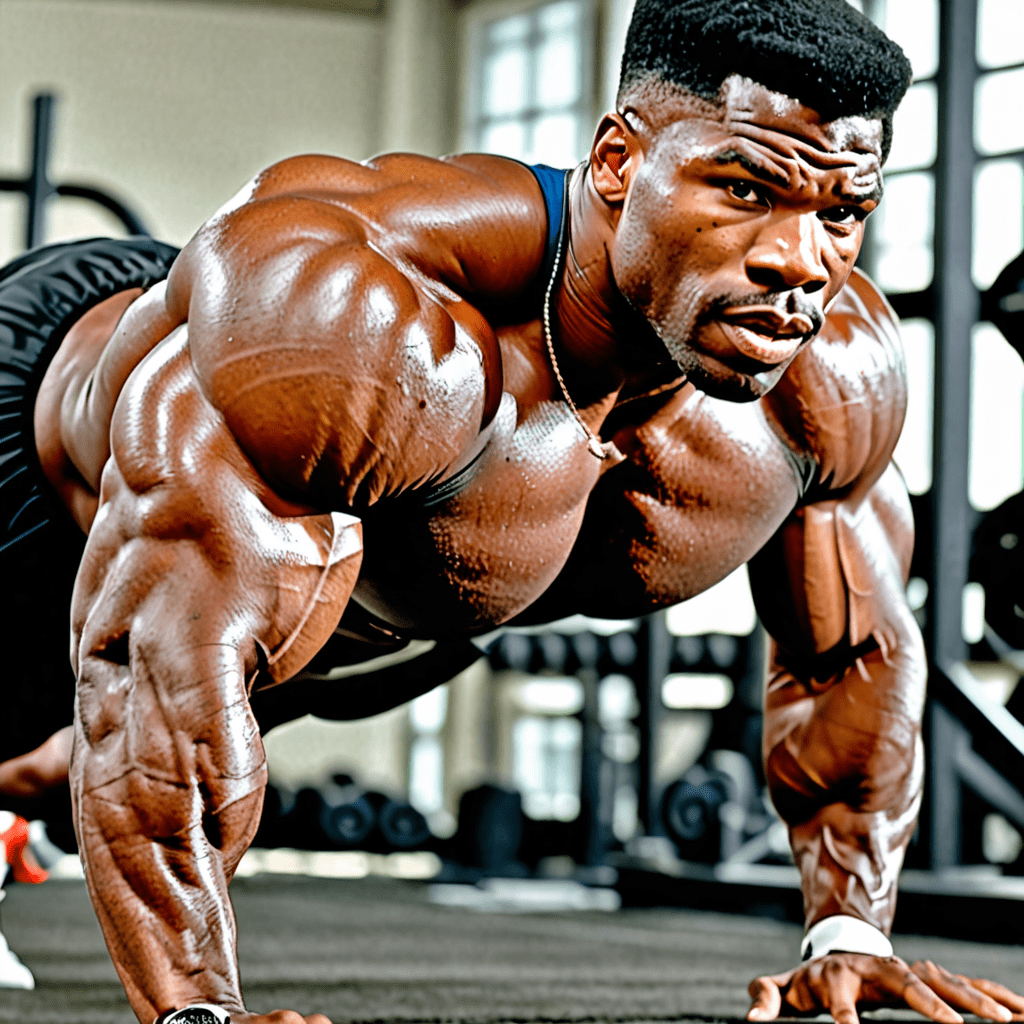
Unlock the Secrets of the Asian Squat: Benefits, Techniques, and More!
Discovering the Asian Squat: What is it?
The Asian Squat, also known as the Asian “toilet” or “deep” squat, is a resting or squatting position that is commonly practiced in many Asian cultures. This position involves squatting low with the heels on the ground, while keeping the back straight and the feet flat on the floor.
The Benefits of the Asian Squat
The Asian Squat offers a range of benefits for both the body and mind. Here are some of the key advantages:
1. Improved Mobility and Flexibility
The Asian Squat helps to improve lower body mobility and flexibility by stretching and strengthening the muscles in the hips, knees, ankles, and feet.
2. Increased Hip Stability
Regular practice of the Asian Squat can enhance hip stability and strengthen the muscles around the hip joint, reducing the risk of injuries and improving overall balance.
3. Better Digestive Health
When in the Asian Squat position, the natural compression of the abdomen can aid in digestion, relieve constipation, and promote a healthy bowel movement.
4. Improved Posture and Core Strength
By engaging the core muscles and maintaining an upright posture, the Asian Squat can contribute to improved back health and overall core strength.
5. Enhanced Joint Health
The deep squat position of the Asian Squat helps lubricate the joints, maintaining their mobility and preventing stiffness and discomfort.
Techniques for Proper Asian Squatting
To perform the Asian Squat correctly, follow these steps:
1. Start with a hip-width stance.
Stand with your feet shoulder-width apart and toes pointing slightly outward.
2. Slowly lower your body.
Begin to lower your body by bending at the hips and knees, keeping your back straight and chest lifted.
3. Keep your heels grounded.
As you descend, be sure to keep your heels on the ground to maintain stability and balance.
4. Maintain a neutral spine.
Avoid rounding your lower back or excessively arching it. Keep your spine in a neutral position.
5. Aim for 90-degree angles.
If possible, try to achieve a 90-degree angle at both the hips and knees while squatting.
6. Breathe and hold as comfortable.
Take deep breaths and hold the position for as long as you feel comfortable. Gradually increase the duration over time.
Frequently Asked Questions about the Asian Squat
Q: Can anyone practice the Asian Squat?
A: Yes, the Asian Squat can be practiced by individuals of all ages and fitness levels. However, those with pre-existing knee or hip injuries should consult a healthcare professional before attempting this position.
Q: How often should I practice the Asian Squat?
A: It is recommended to practice the Asian Squat for a few minutes each day to gradually improve flexibility and reap the benefits. Start with shorter durations and gradually increase the time spent in the position.
Q: Can the Asian Squat cause discomfort?
A: Initially, you may experience some discomfort or tightness in the muscles surrounding the hips and ankles. However, with regular practice, this discomfort should subside as your flexibility and strength improve.
Q: Are there variations of the Asian Squat?
A: Yes, there are variations of the Asian Squat that involve different arm positions or incorporating additional movements. These variations can add variety to your practice and target specific muscle groups.
Q: Can the Asian Squat replace regular exercise?
A: While the Asian Squat offers its own unique benefits, it is not a substitute for a well-rounded exercise routine. Incorporate the Asian Squat into your existing fitness regimen to enhance mobility and flexibility.
Q: Are there any precautions to take while practicing the Asian Squat?
A: It is important to listen to your body and avoid pushing into positions that cause pain or discomfort. If you have any concerns or medical conditions, consult with a healthcare professional before incorporating the Asian Squat into your routine.


